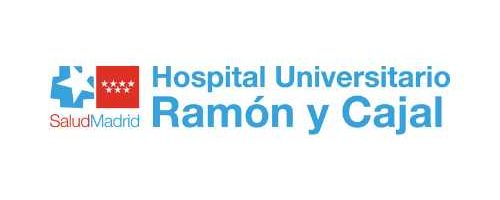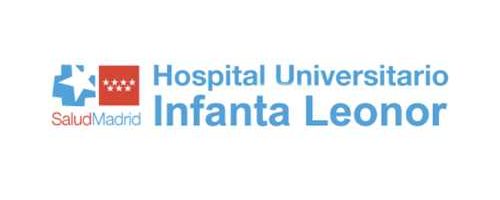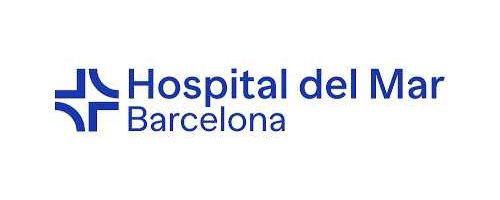about us
A robust digital platform that leverages real-world data and advanced analytical techniques
ELADAIS aims to revolutionise the healthcare industry by providing a robust digital platform that leverages real-world data (RWD) and advanced analytical techniques.
This initiative focuses on creating a comprehensive, scalable, and secure data ecosystem that supports evidence-based medicine and enhances patient care through data integration, artificial intelligence (AI), and machine learning (ML).

The ELADAIS platform will integrate data from various sources, including electronic health records (EHRs), wearable devices, social media, and more. It will feature capabilities for data extraction, transformation, and loading (ETL), process orchestration, data quality evaluation, and advanced analytics. The platform will support multiple data storage systems such as Hive, Impala, Oracle RDBMS, and others, ensuring flexibility and scalability.
Key Features of the Platform
Seamless integration with end-user applications
The platform will have a data analysis layer that supports data consultation, analytical reports, dashboards, and autonomous statistical models construction. It will facilitate seamless integration with end-user applications for creating and distributing reports.
Tools for building and managing advanced analytical models
Tools for building and managing advanced analytical models, including machine learning and deep learning, will be available. These models will follow a lifecycle from data acquisition to model publication.
Dynamic data visualisations
The platform will support dynamic data visualisations and the construction of reports, accessible via web applications adhering to W3C standards.
Comprehensive data governance and security measures
Comprehensive data governance and security measures will be implemented, including data anonymisation, access control, and compliance with GDPR and other regulations. The platform development will follow an iterative strategy involving three key phases: conceptual, implementation, and demonstration. Each phase will incorporate feedback loops to refine and validate the system.
our path for success
01
Conceptual phase
Specifying the technology transfer and innovation concepts and transforming them into system and service requirements. Early validation of laboratory prototypes will be conducted to test basic functionalities.
02
Implementation phase
Building on the conceptual phase, this phase will develop the data ecosystem and the analytical service platform. It includes developing an extensible data model and tools for real-time and predictive analysis
03
Demo phase
This final phase will involve the integration and validation of the developed components in real-world use cases, showcasing the platform’s capabilities.
our purpose
Mapping and analysing patient interactions with the healthcare system to improve care pathways.
Understanding the natural history of diseases to enhance treatment strategies and patient outcomes.
Utilising data to find new uses for existing drugs.
AI-driven tools to assist healthcare professionals in making informed decisions based on comprehensive data analysis.
Analysing disease patterns and trends to support public health initiatives.
Extracting meaningful insights from unstructured clinical texts.
Identifying relationships between different patient factors, drugs, and symptoms.
Providing intuitive visual representations of complex data to support decision-making.
Discover how ELADAIS is revolutionising the future of healthcare!
Communities of Interest
-
Health Service Providers
Entities responsible for providing health care services from the medical point of view. They are integrated within the National Health System, differentiating between: Primary Care, Specialised Care, Emergency Care and the Mutual and Insurance Companies.
-
Heath Systems Administration
Regional managers of health systems, focusing on healthcare direction, data integration, and private health centre management.
-
Scientific Comunity (R&D)
Research and Development community in the field of Healthcare and data at national, European and international level, including fields like oncology, epidemiology, pharmacology, and health economics.
-
Digital Solution Providers
Representatives of SMEs, corporations, and ICT consultancies specialising in the health sector currently play an important role in the development of health applications, the provision of digital infrastructure for health services, and the management of their data.
-
European Platforms & Networks
Platforms and networks that play a key role in the implementation of European Digital Spaces. Including initiatives related to data integration and standardisation, such as projects funded by the European Union.
-
Indirect Users & General Public
End-users of potential products developed by ELADAIS include NGOs, Foundations and Civil Associations of Patients, as well as the general public, health professionals and administrative staff.
Our Team
The ELADAIS initiative brings together a consortium of leading institutions and companies, each playing a crucial role in the development and implementation of the platform.

The UPM facilitates communication between the scientific management and sub-projects, ensuring the fulfilment of deadlines, tolerances, and deliverable contents. They report to the ministry, ensuring compliance with its reporting, ethics, and conduct regulations. Additionally, they guarantee the achievement of the scientific objectives of the sub-projects and the integration of UPM’s developments, especially the NLP model. They prioritise functions on the platform, assure the quality of deliverables, provide feedback for improvements, and approve technology deliverables.
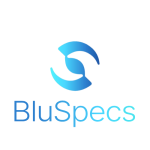
BluSpecs is responsible for the dissemination, outreach, and communication. Their primary responsibility is to facilitate the effective communication and collaboration among all stakeholders by ensuring the seamless integration and execution of all project activities. BluSpecs, the central coordinator, ensures that the project’s objectives are effectively communicated and understood by managing the flow of information and developing strategic frameworks. They are responsible for the outreach initiatives, which are designed to increase the project’s visibility and impact across a variety of platforms and audiences.
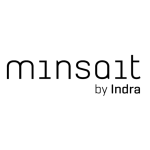
Minsait is responsible for the development of the ELADAIS platform and for showcasing its utility by generating three unique use cases. Various functionalities facilitated by the platform, including the construction of patient cohorts and the deployment of federated AI applications, will be emphasised in these examples. The objective of this initiative is to demonstrate the platform’s ability to facilitate sophisticated data analysis and application development in a healthcare environment, thereby improving both operational efficiencies and clinical outcomes.

Pixel’s objective is to create a platform for drug repurposing that employs data-driven visualisations to improve decision-making in the identification of new applications for existing medicines. The platform aims to simplify research by integrating interactive, user-friendly interfaces and guaranteeing rapid rendering times. This is achieved through the implementation of advanced search capabilities and customisable dashboards. It will provide a comprehensive instrument that enhances the efficacy of drug development and healthcare outcomes by making complex data accessible and actionable for a variety of users, utilising large datasets and expert collaboration.
the hospitals
